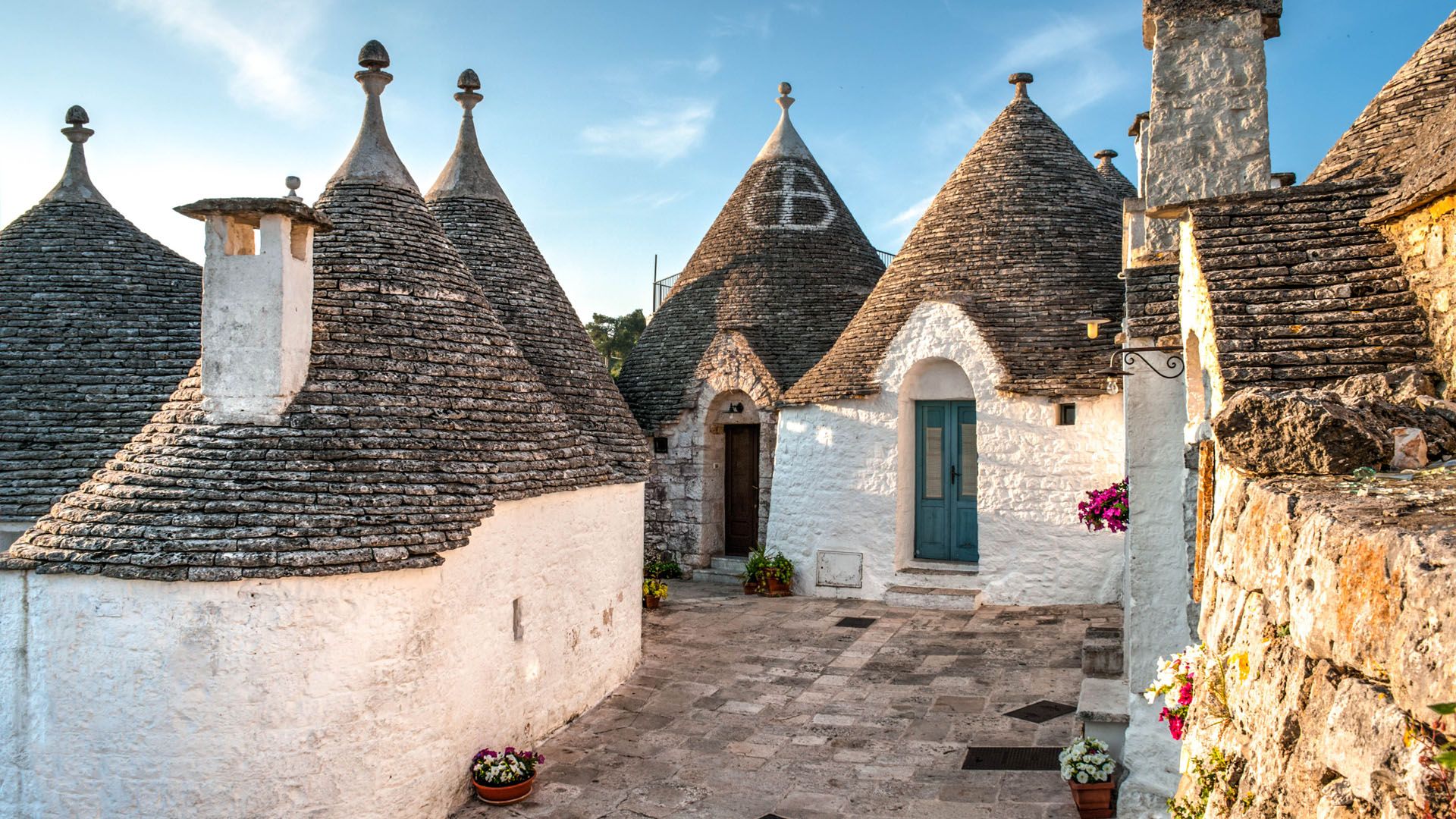Day 1: Naples
Naples is a city full of character. It’s busy, a little rough around the edges, and packed with history and some of the best food you’ll ever try. This UNESCO World Heritage city is a little chaotic but in a way that pulls me in every time.
What to do with your first day
I think it's always best to start with an itinerary by hitting the ground running. Though some international travelers might feel a tad jetlagged, the gentle walks of day one of this South Italy itinerary can help.
Spaccanapoli
Spaccanapoli is a long, straight street that cuts right through the historic center. The name literally means “Naples splitter,” and walking it gives you a real feel for the city. You’re sure to pass laundry lines stretched between buildings, scooters buzzing past (sometimes a little too close), and generally can feel daily life playing out.
Some things we stopped at were the Chiesa del Gesù Nuovo, which has an unusual, spiked facade, and the Cappella Sansevero, where the Veiled Christ sculpture was a must-see. It’s hard to describe how detailed and lifelike it looks in person.
Naples underground tour
Beneath Naples' busy streets lies another city entirely—a huge network of Greek-Roman aqueducts, WWII air raid shelters, and ancient catacombs. The underground tour takes you 40 meters below street level through tunnels carved from volcanic rock.
Where to stay in Naples
The historic center is the best place to stay in Naples if you want to be in the middle of everything. You’ll want to look for places near Via dei Tribunali or Spaccanapoli for easy access to the sights. If you’d prefer a quieter area, the Chiaia district is a good option. It’s calmer, and you can get great views of the bay from here.










